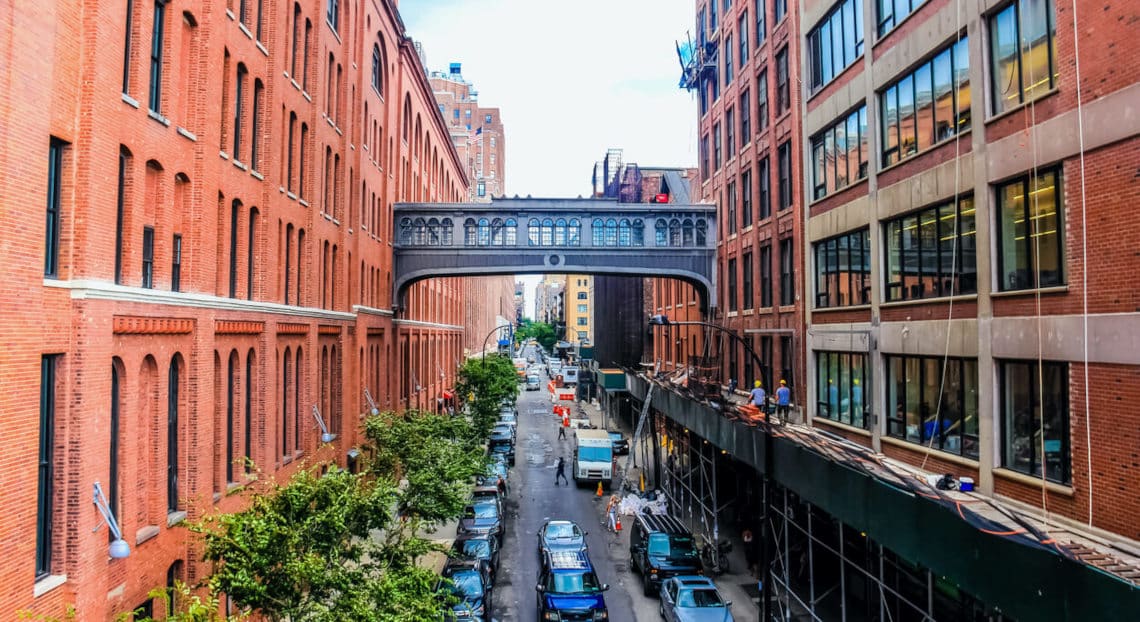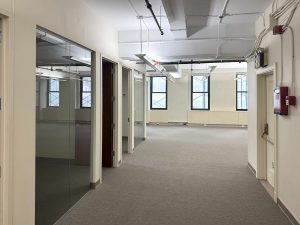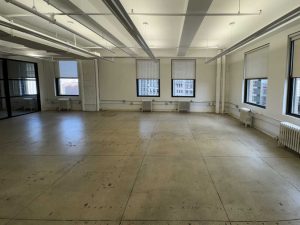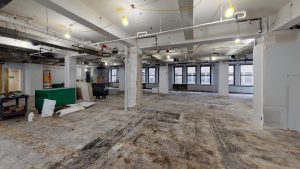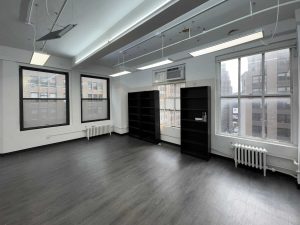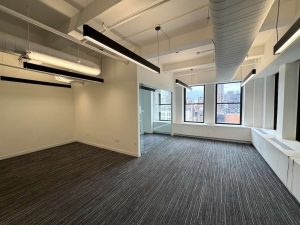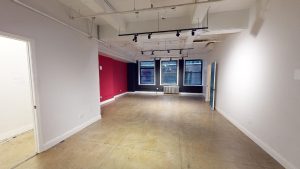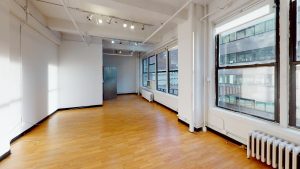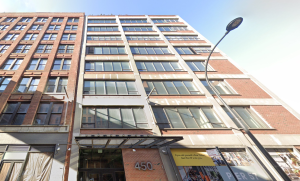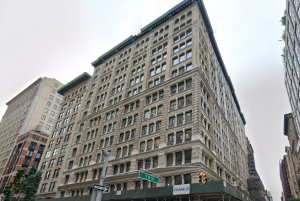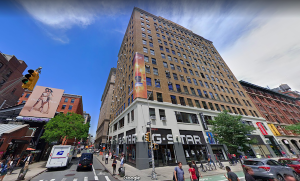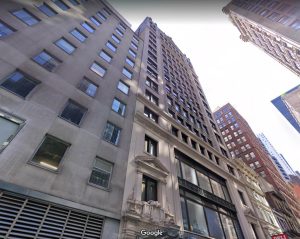The Big Apple’s commercial real estate market is in for a wild ride. Remember when COVID-19 hit, and we all thought office buildings were going the way of the dinosaur? Fast-forward to today, and we’re seeing a feeding frenzy of buyers snapping up distressed office buildings at jaw-dropping discounts—up to 70% off their previous sale prices. It’s like Black Friday for skyscrapers; only this sale could spell serious trouble for banks and real estate investors who are left holding the bag.
But here’s where things get interesting. As these buildings change hands, we’re not just seeing a reshuffling of ownership. The new kids on the block are gearing up to breathe fresh life into these tired old structures. With a whopping $250 billion ready to pour into these properties, we’re about to witness a major facelift for New York’s skyline. It’s not just about slapping on a new coat of paint – we’re talking serious upgrades that could turn these dusty relics into the hottest properties in town. While some see distress, others see dollar signs.
The Wave of Bargain Hunters
First, the influx of investors into the commercial real estate market, mainly focusing on distressed office buildings, reveals a compelling narrative about motivations and critical players.
Why Some Office Buildings Face Steep Discounts
Trophy Modern Class A office buildings in New York City tell one story. However, at the same time, many older Class B, C, and even some less-amenitized Class As are now being sold at steep discounts. What’s causing this?
- Remote Work Revolution: Many companies have found that remote work boosts productivity by cutting commute times. This shift has hit older buildings especially hard, as they struggle to fill vacancies.
- Economic Pressures: Property owners grapple with the dual pressures of maturing low-interest mortgages (3-4%) and the stark reality of refinancing at much higher rates (7-8%), all while contending with declining rent rolls and increasing vacancy rates.
- Increase in Short Sales: Short sales are now common. When a property is sold for less than the outstanding mortgage, lenders prefer finding buyers rather than managing the buildings themselves.
- Frozen Market Dynamics: Over the past two years, the real estate market has nearly frozen. Many owners, facing rising costs and looming debt maturities, are now choosing to sell at a loss instead of holding onto their properties.
Bargain Hunters: The Who’s Who
Bargain hunters are circling Manhattan’s office market, snapping up prime properties at steep discounts. Family offices and lesser-known developers are leading the charge, eyeing opportunities that bigger players are passing up. Take the recent sale of 321 W. 44th Street in Hell’s Kitchen – a joint venture between Namdar Realty Group and Empire Capital Holdings nabbed the 10-story building for under $50 million, a whopping 67% less than the $153 million Related Fund Management paid in 2018. Or how Yellowstone Real Estate Investments, a relatively obscure New York firm, just scored the iconic 1740 Broadway tower for $185 million – a far cry from the $600 million Blackstone shelled out a decade ago.
These savvy investors aren’t your typical suit-and-tie corporate types. They’re a mix of family-run outfits, wealthy individuals, and agile developers with an appetite for risk and an eye for potential. Take Namdar Realty Group. These folks cut their teeth snapping up aging malls and shopping centers, holding onto them for the long haul without fancy upgrades. Now, they’re turning that same strategy loose on struggling office buildings. Or look at Yellowstone – they’re fearless in thinking outside the box, mulling apartment conversions for some of those empty office floors. This new wave of buyers also refuses to let conventional market wisdom bog them down. As Will Silverman of Eastdil Secured puts it, they say, “Wow, New York is cheap right now, I’ll buy.”
Adapting to Change
New York’s skyline is changing, and so are its workplaces. From historic renovations to sky-high new builds, office spaces are evolving to meet modern needs, with investments and upgrades changing the game.
Office Renovations: Transforming NYC’s Skyline and Creating Opportunities for Savvy Investors
As New York City’s skyline undergoes a dramatic transformation, bargain hunters are eyeing the ripple effects of massive office renovations across the market. The iconic 30 Rockefeller Plaza is leading the charge, seamlessly blending its Art Deco charm with modern amenities, while the ambitious 175 Park Avenue project aims to redefine the cityscape with its planned 1,600-foot tower, offering over 2 million square feet of prime office space and 500 hotel rooms. This trend isn’t limited to marquee properties; 343 Madison Avenue is reinventing itself with 982,000 square feet of sleek new space, 415 Madison Avenue is nearly doubling in height from 24 to 40 stories, and even the Manhattan Federal Building is pursuing LEED Gold certification through energy-efficient upgrades.
For savvy investors, this renovation boom presents a landscape ripe with opportunity. As premium, newly renovated spaces flood the market, older buildings may struggle to compete, potentially driving down prices and creating bargains in unexpected places. The sheer scale of projects like 175 Park Avenue could lead to short-term oversupply in certain submarkets, while extensive renovations at properties like 343 Madison Avenue might temporarily displace tenants, opening doors for negotiation. Moreover, the push towards sustainability, exemplified by the Manhattan Federal Building’s green initiatives, could create a two-tiered market where energy-efficient buildings command top dollar, leaving less efficient properties as potential diamonds in the rough for investors willing to upgrade.
The Great Office Makeover: Bargain Hunters Eye Prime Real Estate as Workplaces Become Living Spaces
As bargain hunters scour the real estate market for hidden gems, a surprising treasure trove is emerging from an unexpected source: office buildings. In 2024, a staggering 55,300 housing units are sprouting from former workplaces, quadrupling the number from just three years ago. New York City leads this urban metamorphosis with plans for 5,215 new apartments in old office buildings, including the crown jewel at 25 Water Street in Manhattan, where a former JPMorgan & Chase Co. office is giving way to 1,263 apartments. For savvy investors and homebuyers, this trend represents a golden opportunity to snag prime locations at potentially discounted rates, especially in coveted areas that were previously out of reach.
While the pace has slowed somewhat in 2024 due to higher financing costs and zoning hurdles, the office-to-home conversion movement is far from over. Cities and states are actively encouraging these transformations, creating a buyer’s market in many urban centers. This shift is reshaping the real estate landscape, potentially leading to more competitive pricing in prime locations and helping to alleviate housing shortages. However, bargain hunters should tread carefully – not all conversions will offer deals, and the challenges of adapting office spaces for residential use can be complex. Still, for those with a keen eye and a willingness to embrace urban living’s evolving face, these reimagined spaces could offer the ultimate prize: a home that blends the prestige of a business address with the comfort of modern living, all at a price that might just be too good to pass up.
Economic Implications
Commercial real estate is undergoing a dramatic transformation, and it’s not just about empty offices and “For Lease” signs. As investors swoop in to snatch up distressed office buildings at bargain prices, we’re witnessing changes sending ripples through local economies and reshaping the very fabric of our cities.
How Bargain Office Buys Are Shaking Up Commercial Real Estate
Office buildings that once buzzed with activity now stand quieter, their hallways echoing less than before. Savvy investors smell opportunity in the air and are scooping up older or struggling office buildings at rock-bottom prices, and it’s having a ripple effect across not only New York City but the entire country.
The numbers paint a clear picture. Office vacancies in the U.S. have jumped from 11% before the pandemic to 17% today. That’s even higher than during the 2008 financial crisis. Yet, surprisingly, only 2.7% of office deals in January 2024 involved distressed sellers. Everyone’s holding their breath, waiting to see what happens next. But change is coming. Companies are shrinking their office space by 30% to 40% when renewing leases, and a massive $72.7 billion refinancing gap looms by the end of 2025. This perfect storm could lead to a flood of discounted properties hitting the market. While office values in the NYC metro area have only dipped 2.6% since early 2022, big players like Blackstone and Brookfield are gearing up for what they see as a golden opportunity. They’re betting that these bargain buys could turn into serious money-makers down the road with some TLC and intelligent management.
Risk, Reward, and Renovation: The Trifecta Behind Distressed Office Buildings
If you’re stepping into the world of distressed or older office buildings, you’re in for quite a ride. Picture yourself standing in a lobby that’s seen better days, surrounded by outdated everything. It’s common to face a few hurdles: perhaps the electrical system might benefit from modernization, and adapting the space for today’s workers could be an interesting project. While it may seem overwhelming at first, many see these challenges as opportunities to truly make the building their own.
But here’s the thing – where others see problems, savvy investors spot golden opportunities. Sure, you’ll need deep pockets for renovations, but these older buildings often come with mouthwatering price tags. With some vision and hard work, you could transform that outdated space into a modern gem that attracts top-tier tenants. Plus, there’s something incredibly satisfying about breathing new life into a neglected property. You’re not just investing; you’re part of the solution to urban renewal. Just remember, it’s a marathon, not a sprint. Take it one challenge at a time, and before you know it, you might be sitting on a goldmine that others overlooked.
Final Takeaways
The bargain-hunting frenzy in commercial real estate isn’t just about flipping properties for quick cash. It’s setting the stage for a major facelift of our cities’ office spaces. Think about it: all those tired old buildings getting modern upgrades and cool new features. It’s like when you finally renovate that outdated kitchen – suddenly, the whole house feels more valuable. As more investors jump on this trend, we might see a domino effect of improvements across the board, making office life much more appealing.
So, what does this mean for the future? There are still uncertainties, like tight budgets and figuring out what workers really want. But this shake-up could be just what the market needs. Instead of rows of empty, outdated offices, we might end up with flexible spaces that actually make your employees want to leave their home office. The commercial real estate world is changing, and while it might be messy for a while, it could lead to some pretty exciting innovations.
